The
guidelines for this assignment were to "work the scene" by photographing a series of images while trying to refine your composition to best convey your subject. Participants were asked to upload three images for each series, including an image of the overall scene, an image representing their first "serious" composition of the scene, and the image which they considered their best composition from the series of images.
I enjoyed seeing Lars' progression from the overall scene to his beautiful portrait of the peony in his series of images. Lars talked about trying to get the right light without using the flash. I think he did a wonderful job in his last image. Notice also how moving closer to the peony helped blur the distracting background and isolate the primary subject. Lars did an outstanding job with the exposure for this high-contrast scene, capturing beautiful light on the flower. The wonderful backlighting on the flower emphasizes the translucent petals, making them appear more delicate, and also helps provide soft shadows and add dimensionality to the image. Excellent job Lars!
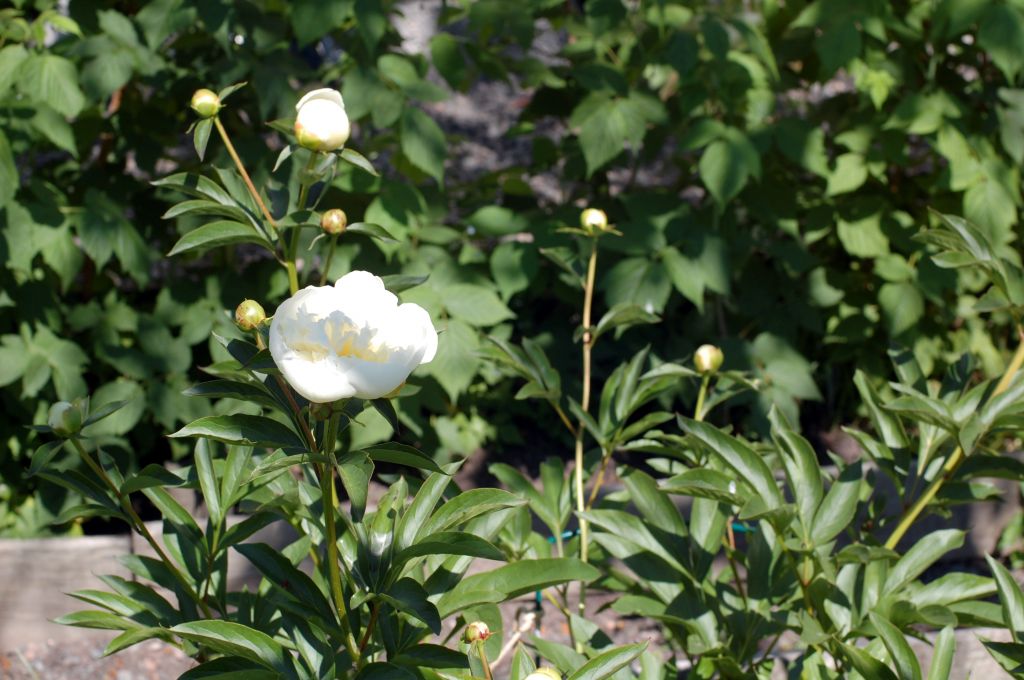 Peonies 1
Peonies 1Photographed by Lars
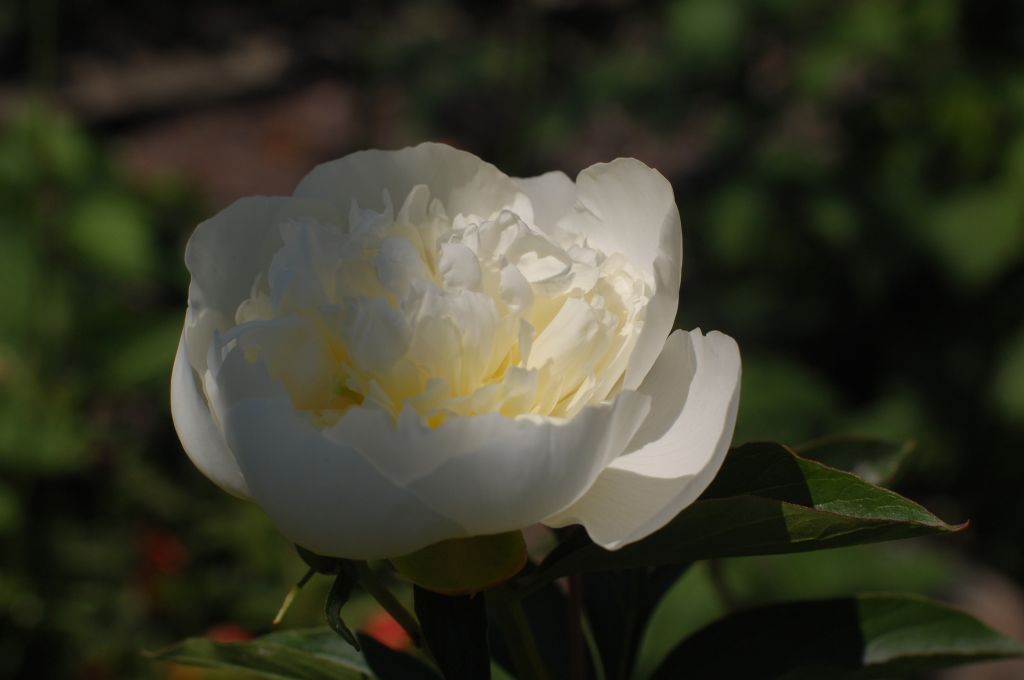 Peonies 2
Peonies 2Photographed by Lars
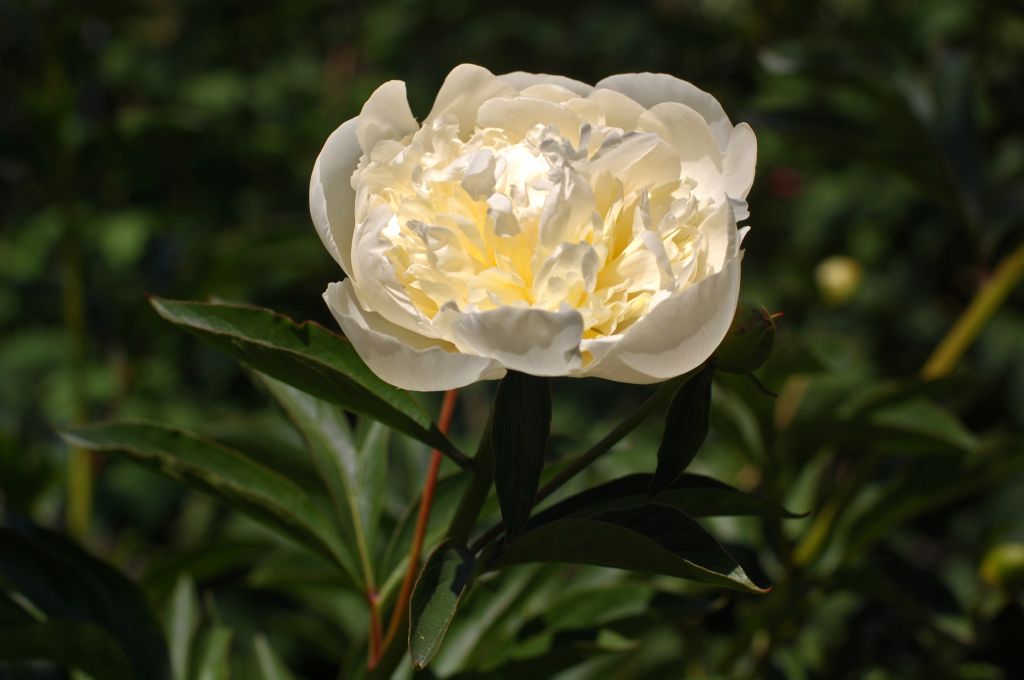 Peonies 3
Peonies 3Photographed by Lars
Rebecca's
Keeper and Baby series of images was an excellent example of iteratively working our way towards both a better composition and appropriate exposure for a scene. Although flipping to a vertical composition was a fairly obvious fix, it takes an experienced photographer to recognize when to use a "slow sync" setting for your flash. Remember that when trying to balance your flash with ambient, your aperture setting affects both your ambient exposure and your flash exposure, while your shutter speed affects only the ambient exposure. That's why setting "slow sync" (allowing s shutter speed slower than 1/60 second) can be used to bring up the ambient exposure without "blowing out" the flash exposure. In addition, you can typically hand-hold images at a slower shutter speed when using fill flash, since the short duration of the light from the flash helps to "freeze" the motion of your camera or subject.
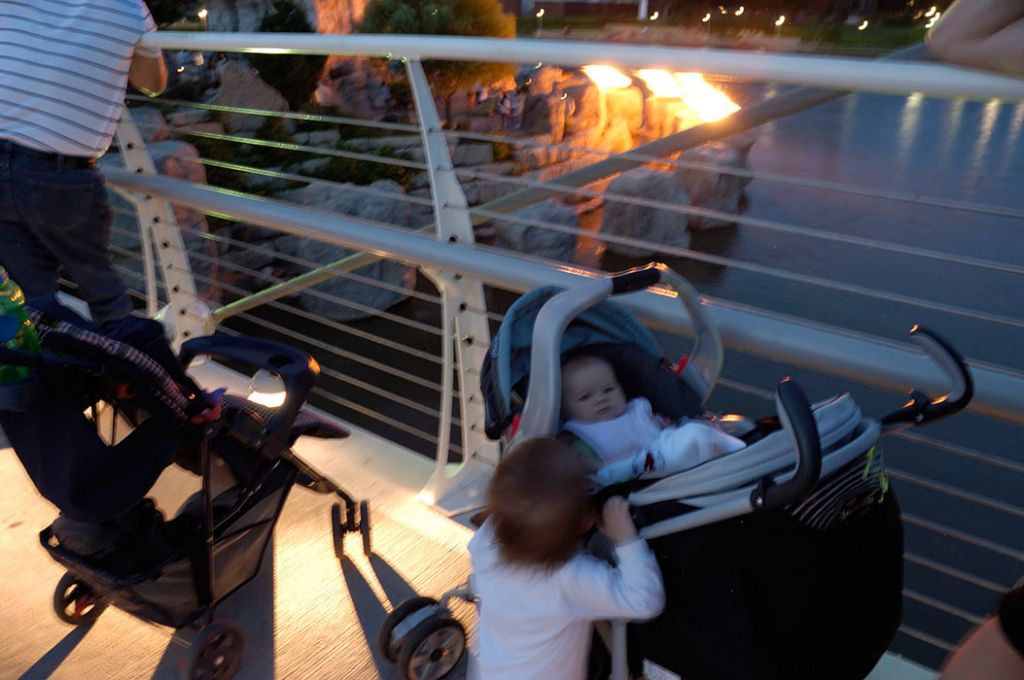 Keeper and Baby 1
Keeper and Baby 1Photographed by Rebecca
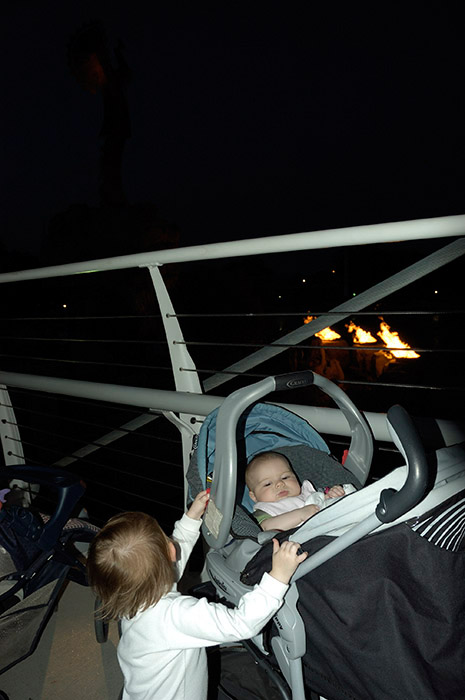 Keeper and Baby 2
Keeper and Baby 2Photographed by Rebecca
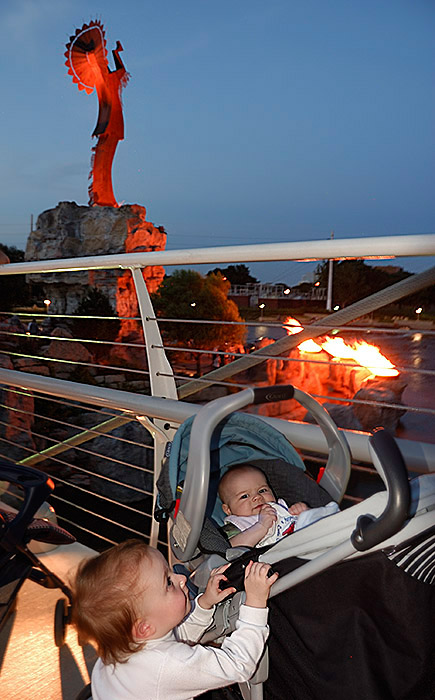 Keeper and Baby 3
Keeper and Baby 3Photographed by Rebecca
Michele's
Bee series of images were another great example of how slight changes in camera position and framing can have a significant affect on the overall impact of an image. Although catching a sharp bee in flight is an amazing feat, I think the overall composition of her 3rd capture makes for a stronger image. The composition in the third image is better balanced, with more "depth" and an added element of interest from the shadows of the leaves, and just seems better "put together." Great job with this series Michele.
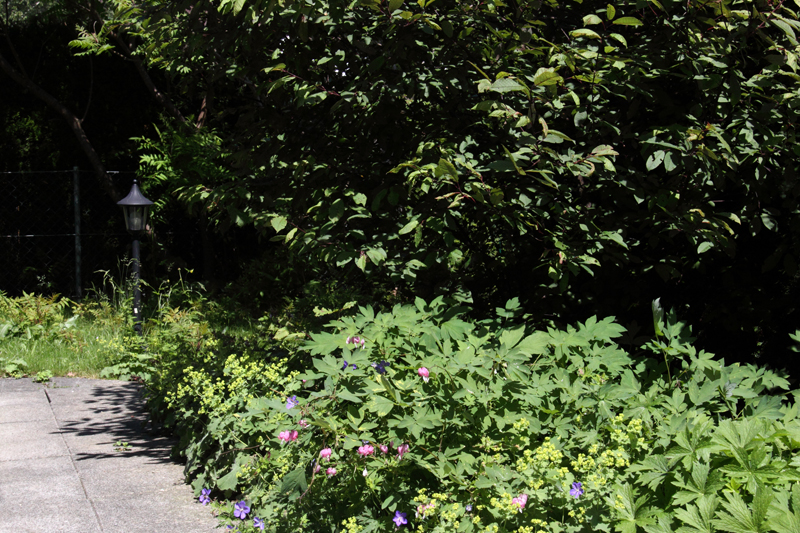 The scene
The scenePhotographed by Michele
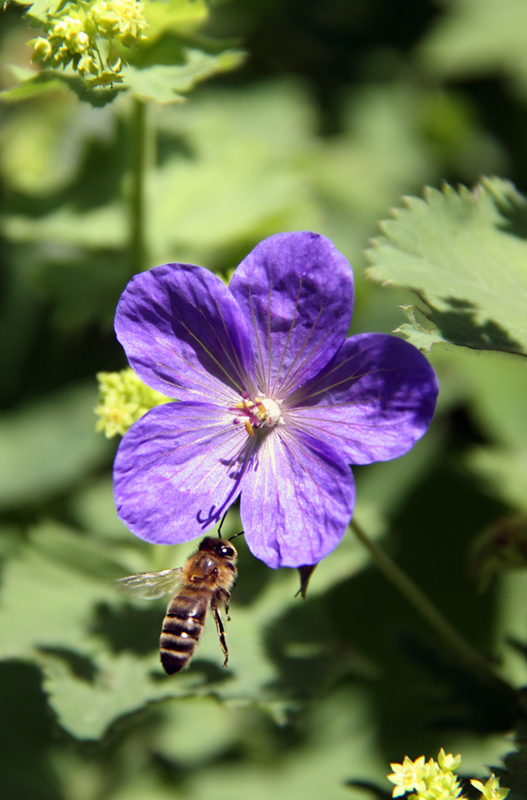 Copy "bee"
Copy "bee"Photographed by Michele
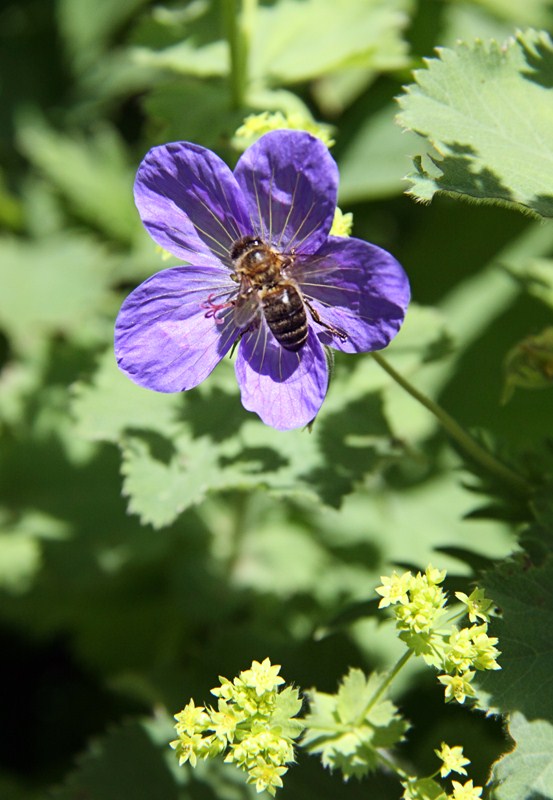 To bee or not to bee
To bee or not to beePhotographed by Michele
I appreciated the fact that Dave provided his rationale for composing each image the way he did in his wonderful series on the old house
South of Roxbury. I found it instructional that he added the lens flare in the third image to add "a bit of sparkle to an interesting, but otherwise drab scene. The angles of the light flare help... accentuate the lines in the old tin and grass and add more energy than the site has on its own." This is an interesting (and effective) technique, and one that I wouldn't have thought of using on my own. The 3rd image was intentionally more "gritty" and perhaps portrayed a more accurate "sense of place" than the other images; however, it was the 2nd image of the series that I kept coming back to. This image had gorgeous tonality which highlighted the beautiful light on the scene, and was a well-balanced composition in which every element came together as a whole. The rich textures and tonalities kept drawing me back to the image again and again. I've awarded this image
Editor's Choice for Technical Merit. I enjoyed exploring the scene through your images Dave.
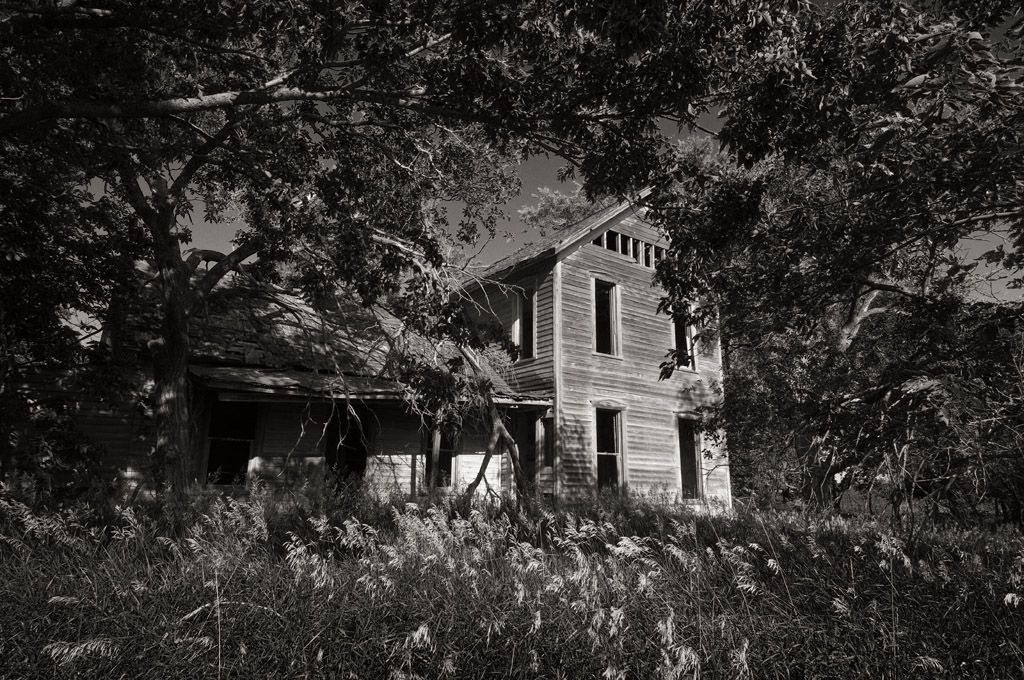 South of Roxbury overview
South of Roxbury overviewPhotographed by Dave Leiker (prairiedust)
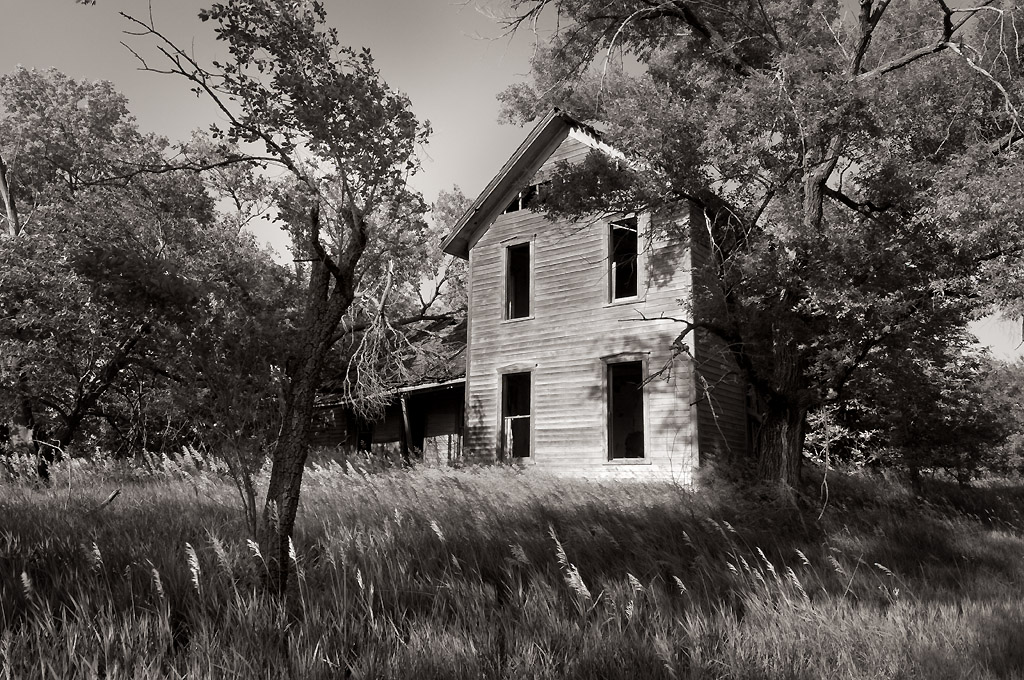 South of Roxbury 2Editor's Choice for Technical Merit
South of Roxbury 2Editor's Choice for Technical MeritPhotographed by Dave Leiker (prairiedust)
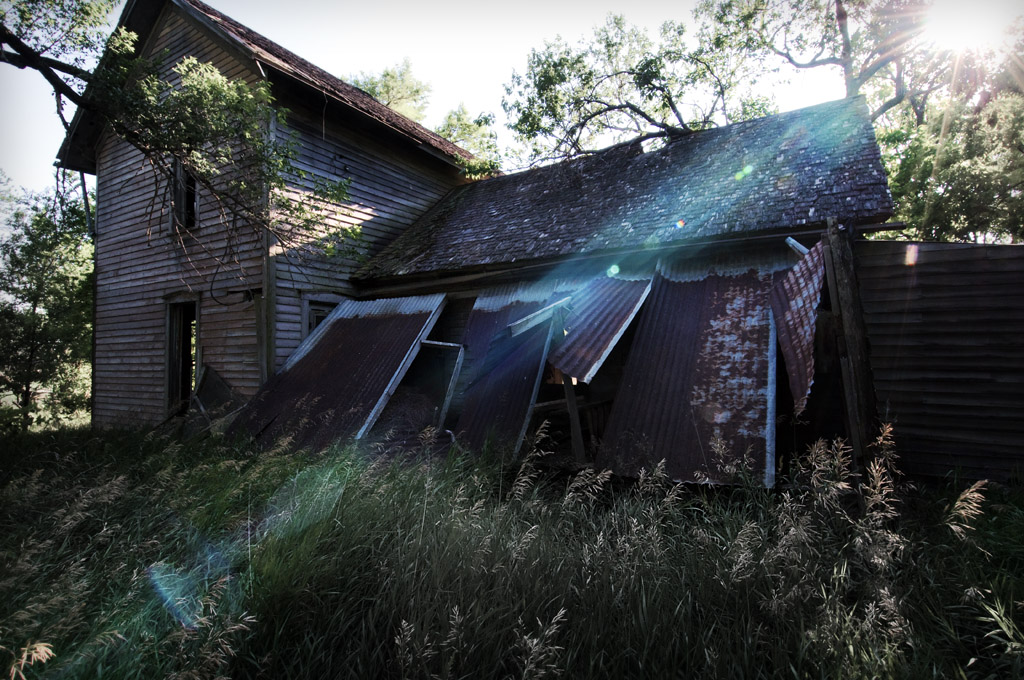 South of Roxbury 3
South of Roxbury 3Photographed by Dave Leiker (prairiedust)
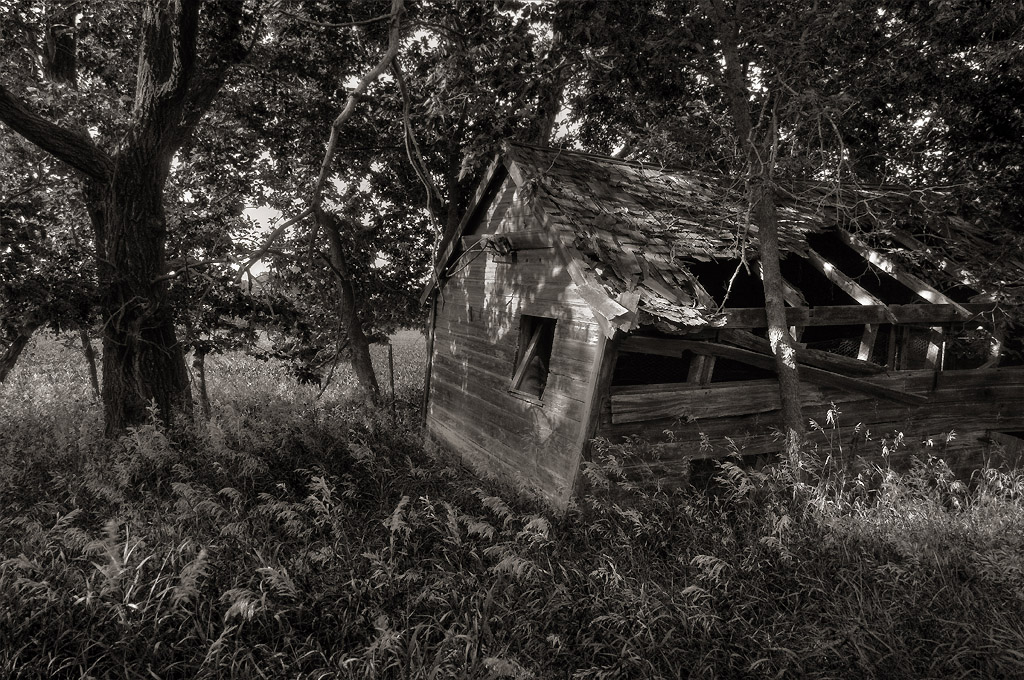 South of Roxbury Extra
South of Roxbury ExtraPhotographed by Dave Leiker (prairiedust)
It was also very useful that Dave included some of his rationale and described some of the techniques he used for his second series of images. I find it a great learning experience to see how other photographers "work the scene." Dave did a great job iterating his framing to produce an strongly composed image that used both light and "depth cues" to draw the viewer into the scene. The nicely defined texture in the wood in the 3rd image of the series added interest and invited the viewer to stay and explore awhile, while the well-controlled areas of contrast and light helped to draw the viewer ever further into the scene. Although not apparent at first, this image has wonderful depth that invites us to explore the scene. Well done Dave!
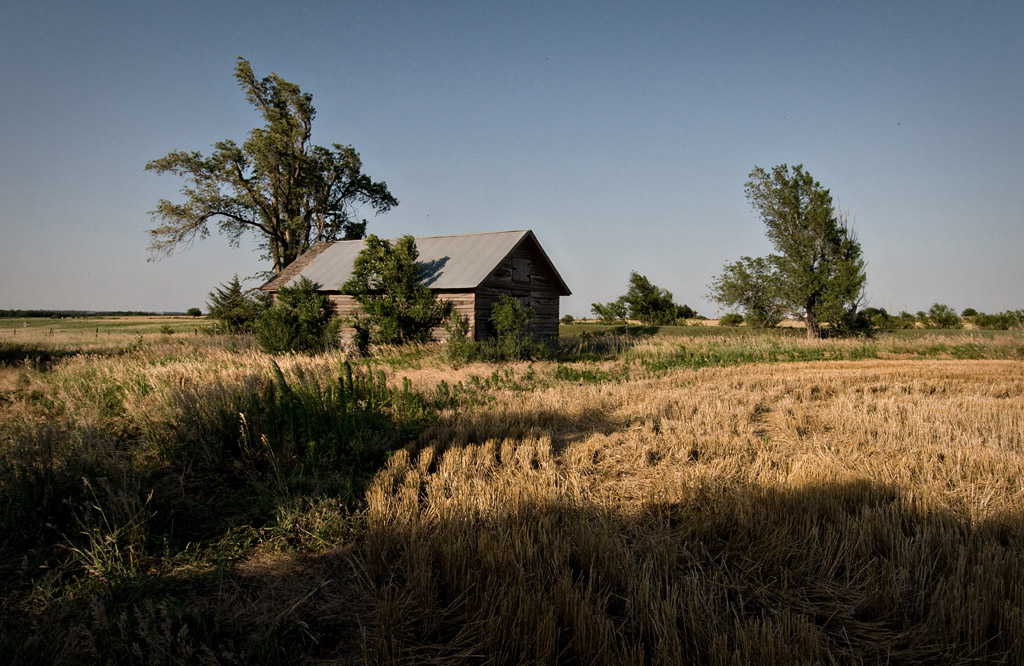 Scene 2 - shot 1
Scene 2 - shot 1Photographed by Dave Leiker (prairiedust)
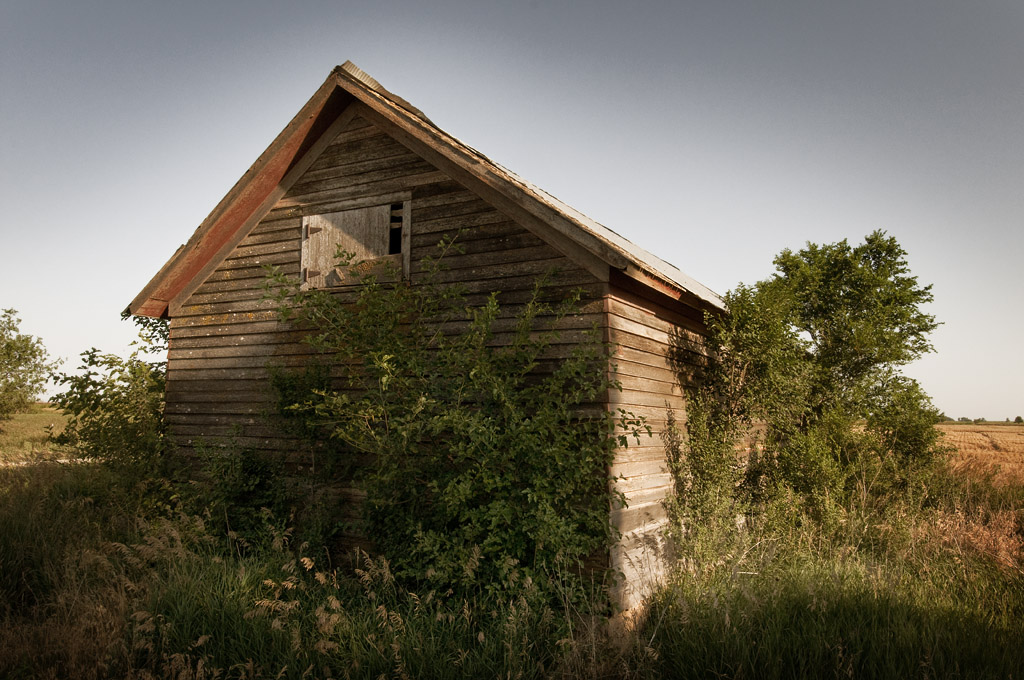 Scene 2 - shot 2
Scene 2 - shot 2Photographed by Dave Leiker (prairiedust)
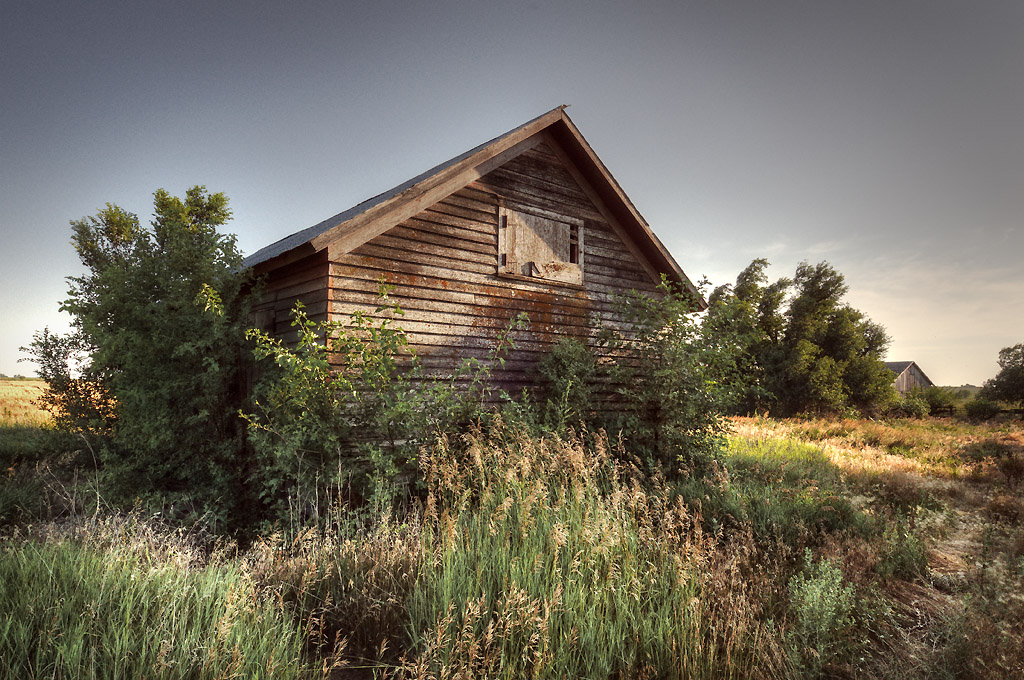 Scene 2 - shot 3
Scene 2 - shot 3Photographed by Dave Leiker (prairiedust)
Lars'
From Bud to Flower series was actually a great triptych, with each image providing a fascinating new view of the flower. After I spent some time viewing each image, I actually found the 2nd image to be the most "endearing." It reminded me a bit of one of those characters played by Walter Mathhau, with his disheveled hair and five-o-clock shadow, but still lovable with all his character flaws. I can imaging the flower saying "this is me, love me for what I am." And the movie is a musical...

I've awarded this image
Editor's Choice for Artistic Merit.
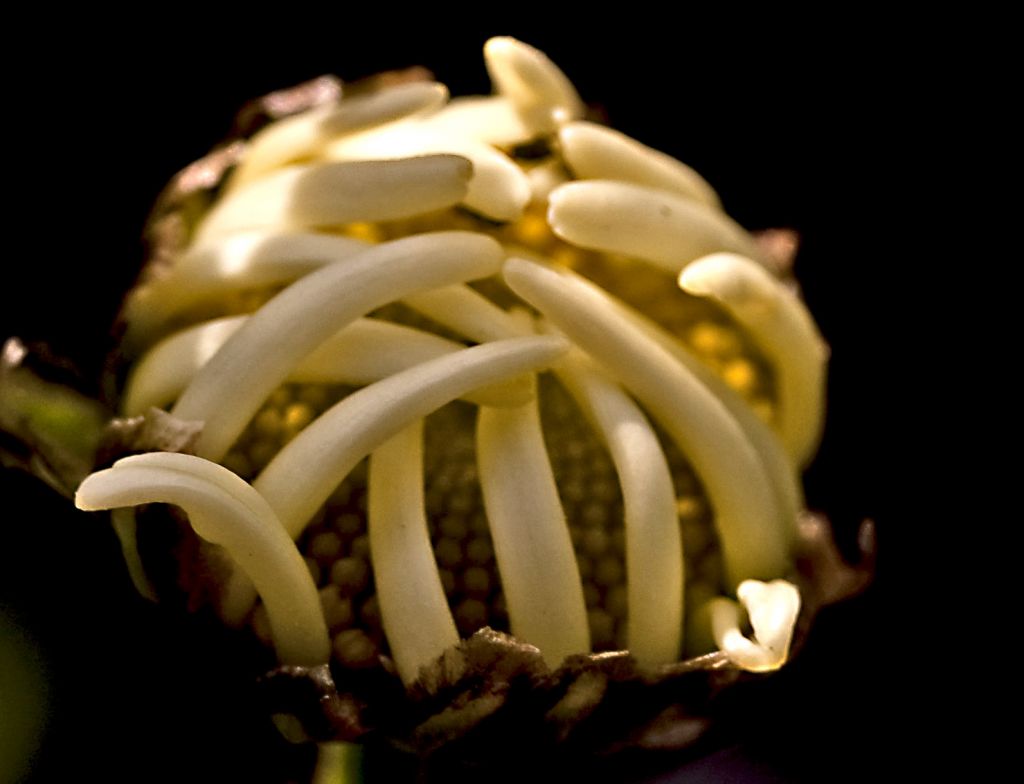 From Bud to Flower - first
From Bud to Flower - firstPhotographed by Lars
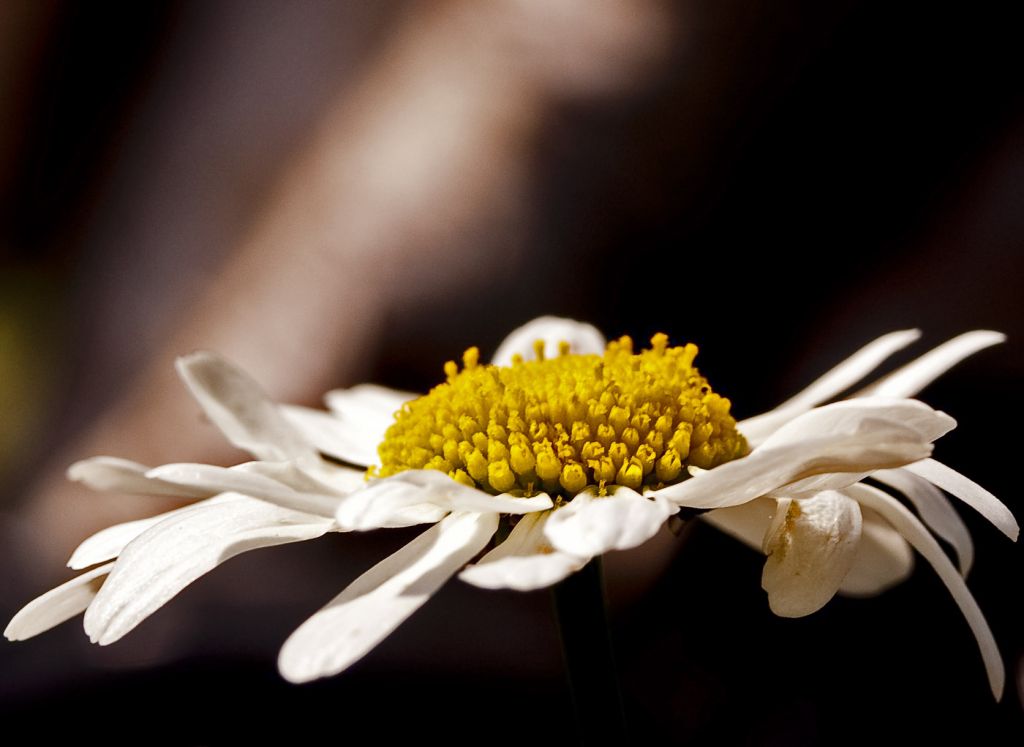 From Bud to Flower - SecondEditor's Choice for Artistic Merit
From Bud to Flower - SecondEditor's Choice for Artistic MeritPhotographed by Lars
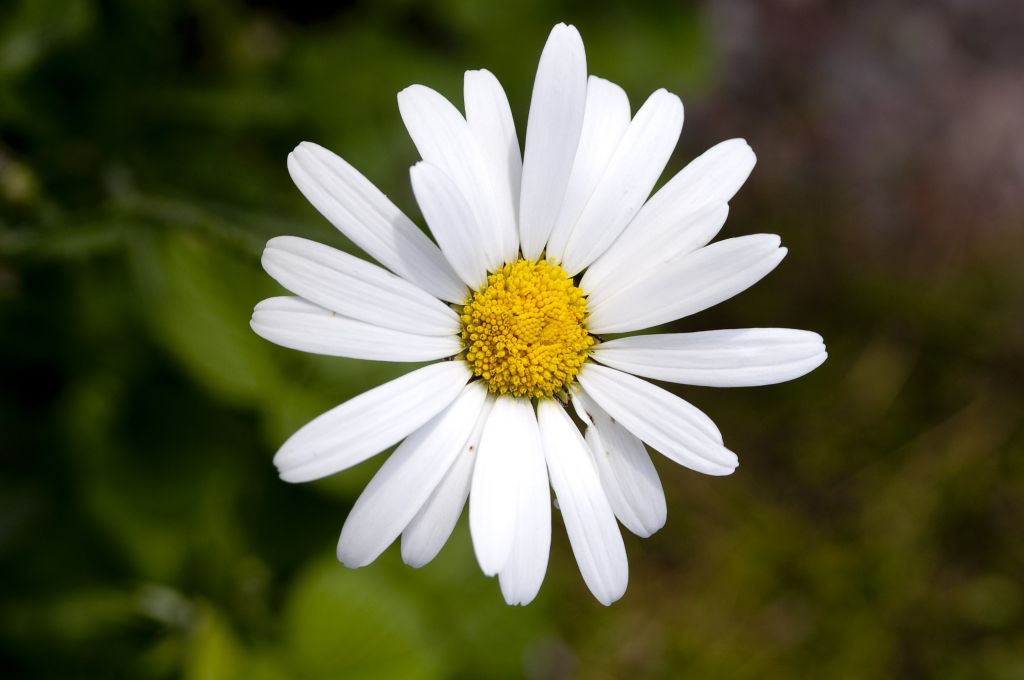 From Bud to Flower - Last
From Bud to Flower - LastPhotographed by Lars
Thank you to everyone that voted for my
Keeper of the Plains image as
People's Choice. This certainly isn't the most artistic interpretation of the Keeper of the Plains I have seen. When we arrived just minutes before they lit the flames, I rushed to position myself so that I could take advantage of any color from the impending sunset. Unfortunately, the clouds didn't quite cooperate, and the sunset ended up being a disappointment, so I "warmed up" the last image in the series to produce a final image that was closer to what I had envisioned. When I was first starting out in digital photography, I culled my images based on the presentation I saw on the screen "as shot." One way that these weekly assignments have helped me improve is by putting me under the gun to "make lemonade out of lemons." I'm slowly improving my ability to see the latent possibilities in a "drab" out-of-the-camera shot, and perhaps produce a more engaging image that better portrays my "vision" for the scene when I captured the image.
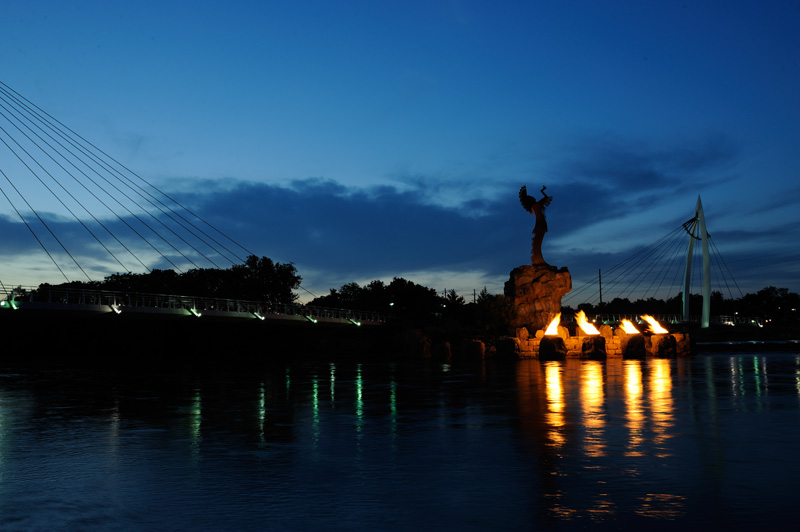 Keeper of the Plains - Overall Scene
Keeper of the Plains - Overall ScenePhotographed by Keith
 Keeper of the Plains - First Composition
Keeper of the Plains - First CompositionPhotographed by Keith
 Keeper of the Plains - Final EditPeople's Choice
Keeper of the Plains - Final EditPeople's ChoicePhotographed by Keith
Rick's series of the
Windmill was another great example of narrowing in on a "tighter" composition that distilled the subject down to its essence. It is definitely a useful exercise to go through this process, and will help us improve our composition skills as we learn to visualize potential compositions and work to continually improve them. Great job Rick.
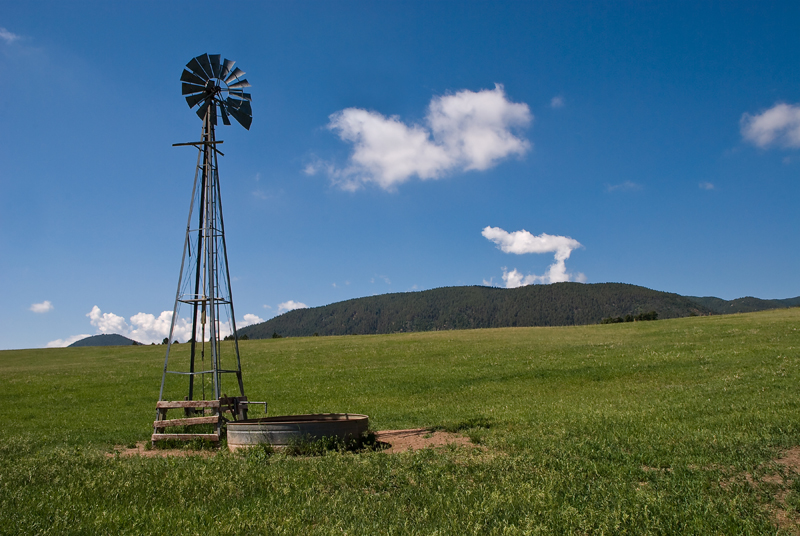 Windmill
Windmill - 1st Photo
Photographed by Rick Pepin (trvlrick)
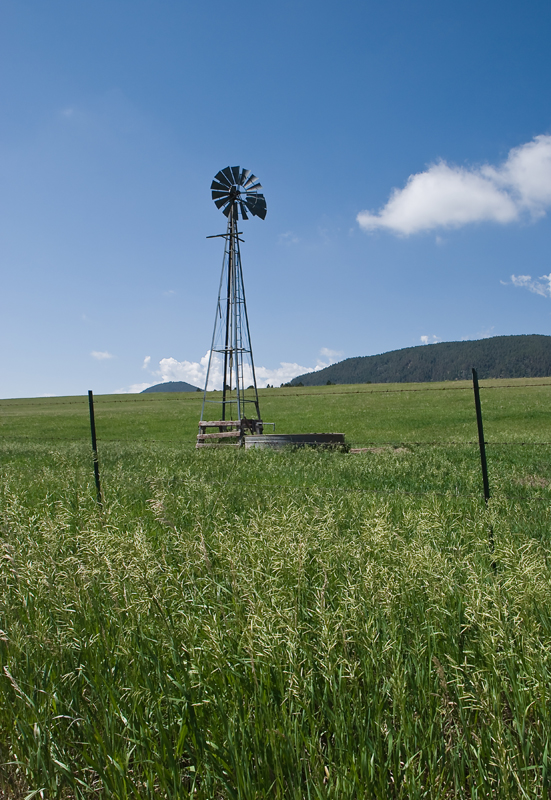 Windmill
Windmill - Photo 2
Photographed by Rick Pepin (trvlrick)
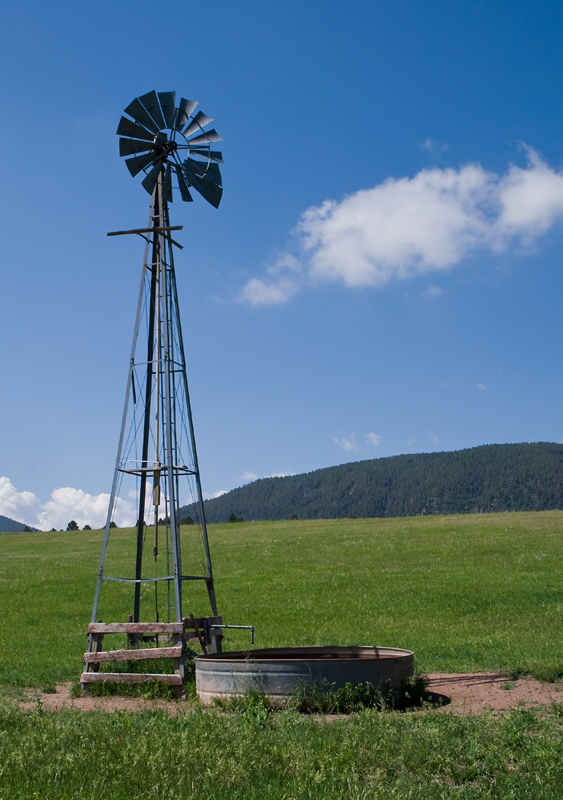 Windmill
Windmill - Photo 3
Photographed by Rick Pepin (trvlrick)
Rick's
Palmer Lake series was another great example of exploring a location to find an interesting perspective. His third image in the series is a great illustration of how adding "human interest" to a scene can make it more engaging for the viewer.
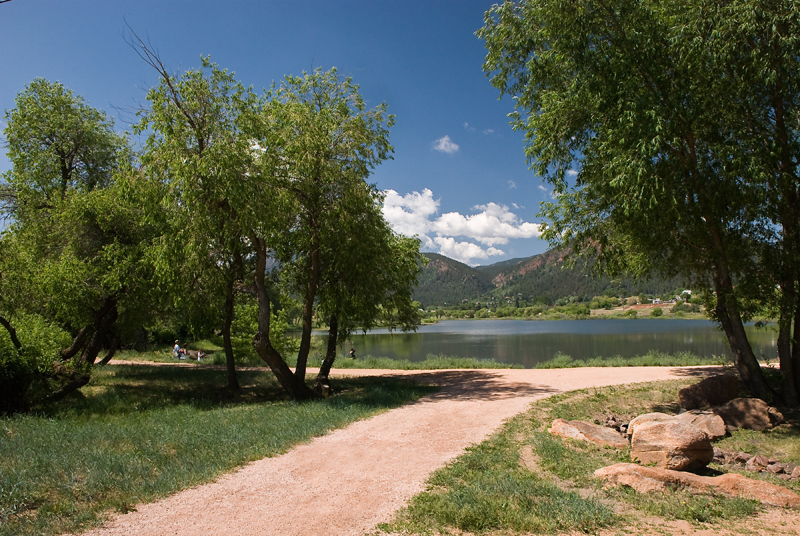 Palmer Lake - First Photo
Palmer Lake - First PhotoPhotographed by Rick Pepin (trvlrick)
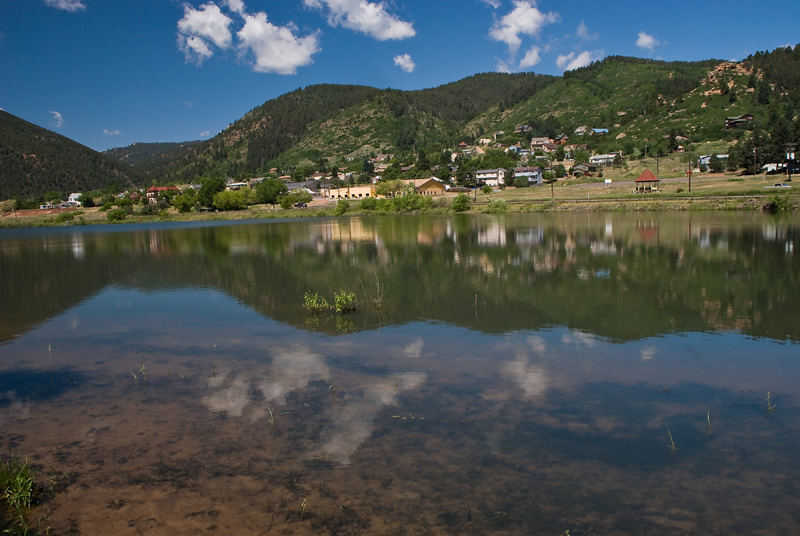 Palmer Lake - Photo 2
Palmer Lake - Photo 2Photographed by Rick Pepin (trvlrick)
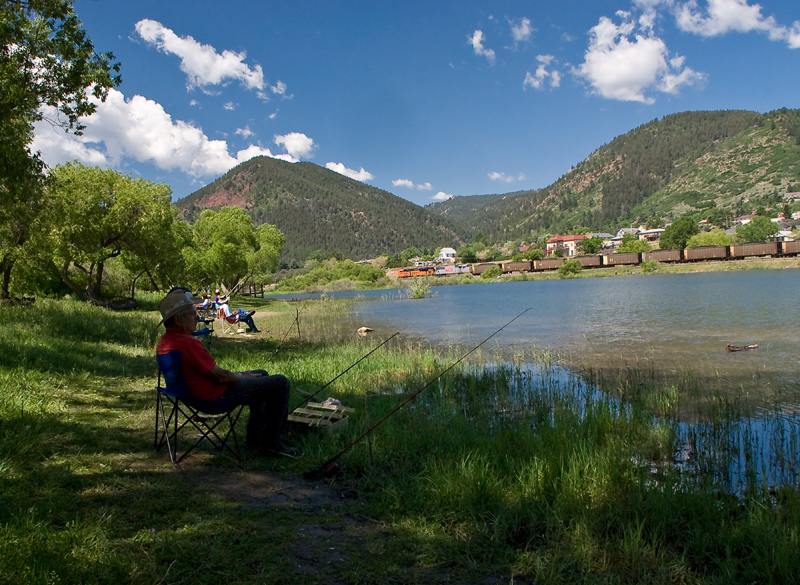 Palmer Lake - Photo 3
Palmer Lake - Photo 3Photographed by Rick Pepin (trvlrick)
Marilyn's two wonderful series of images of Ashlynn brought to mind something that I had failed to mention in my discussion on "working the scene," and that is that your subject's behavior may determine the best composition or the best timing for your images. Sometimes you have to keep "working the scene" until you can capture your subject's behavior effectively. Marilyn did an excellent job conveying Ashlynn's range of emotions, and telling a story through her images. My favorite image was the one titled
Breaking for Ice Cream 1. This image was a nicely balanced composition, with each compositional element helping to support the story. Marilyn also did an EXCELLENT job balancing fill flash with ambient exposure in this image. The view outside adds a wonderful depth to this image that would have been lost if the outside light hadn't been balanced so masterfully with the light from the flash. Excellent job Marilyn!
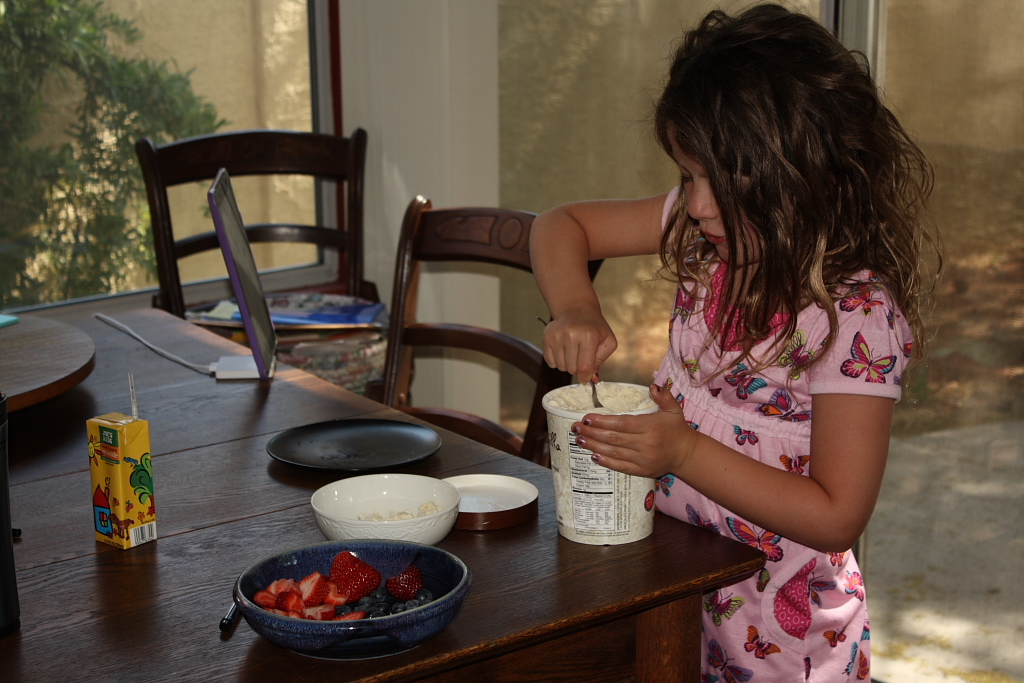 Breaking for Ice Cream 1
Breaking for Ice Cream 1Photographed by Marilyn McKinney
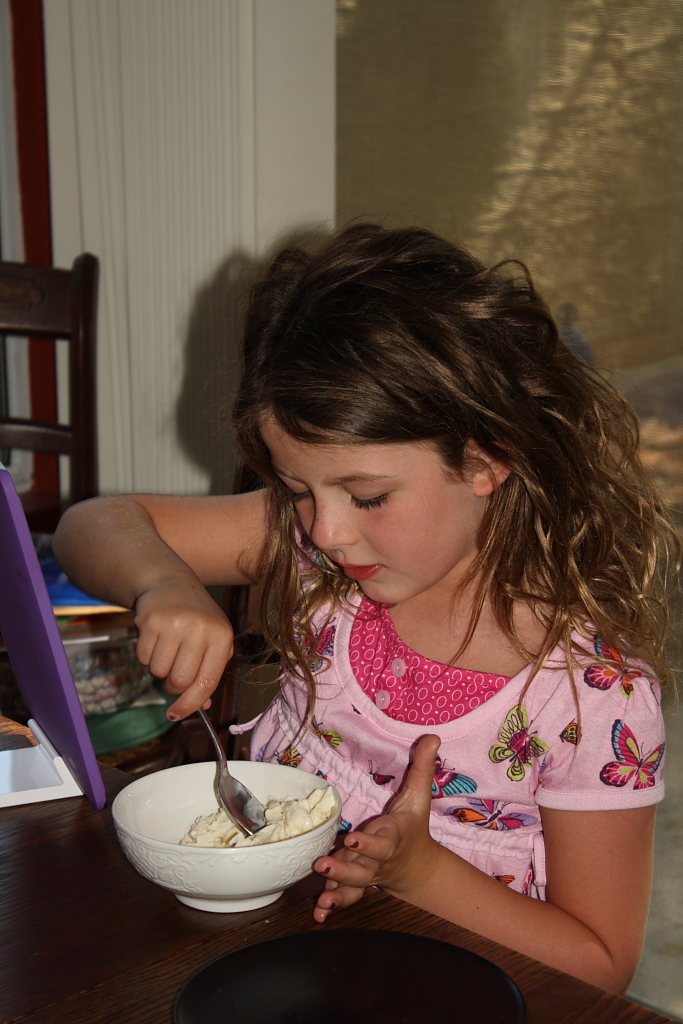 Breaking for Ice Cream 2
Breaking for Ice Cream 2Photographed by Marilyn McKinney
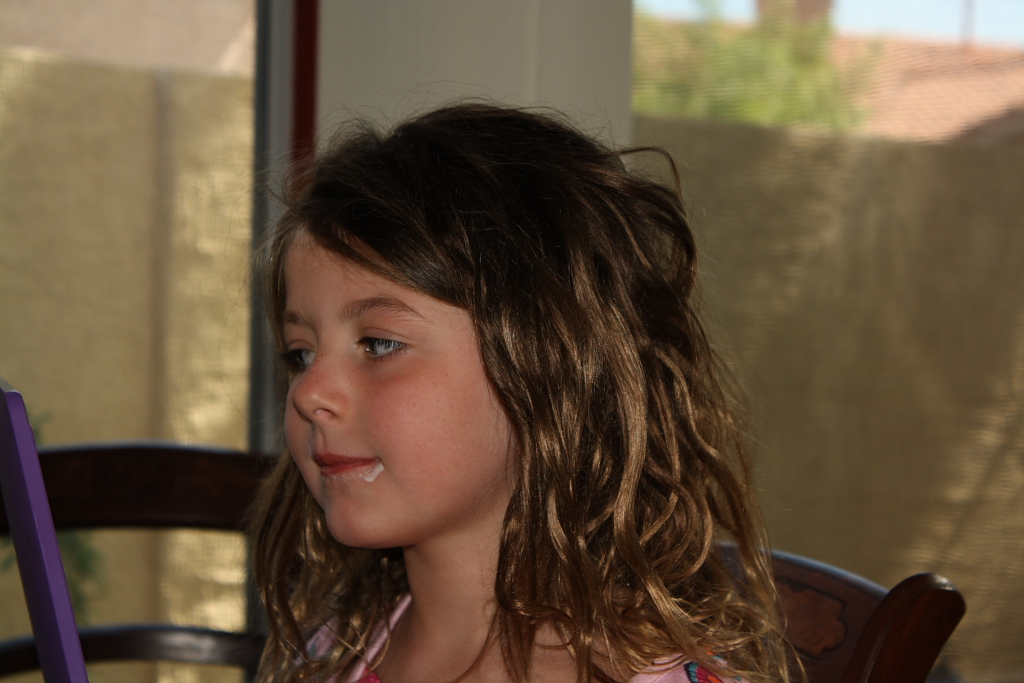 Breaking for Ice Cream 3
Breaking for Ice Cream 3Photographed by Marilyn McKinney
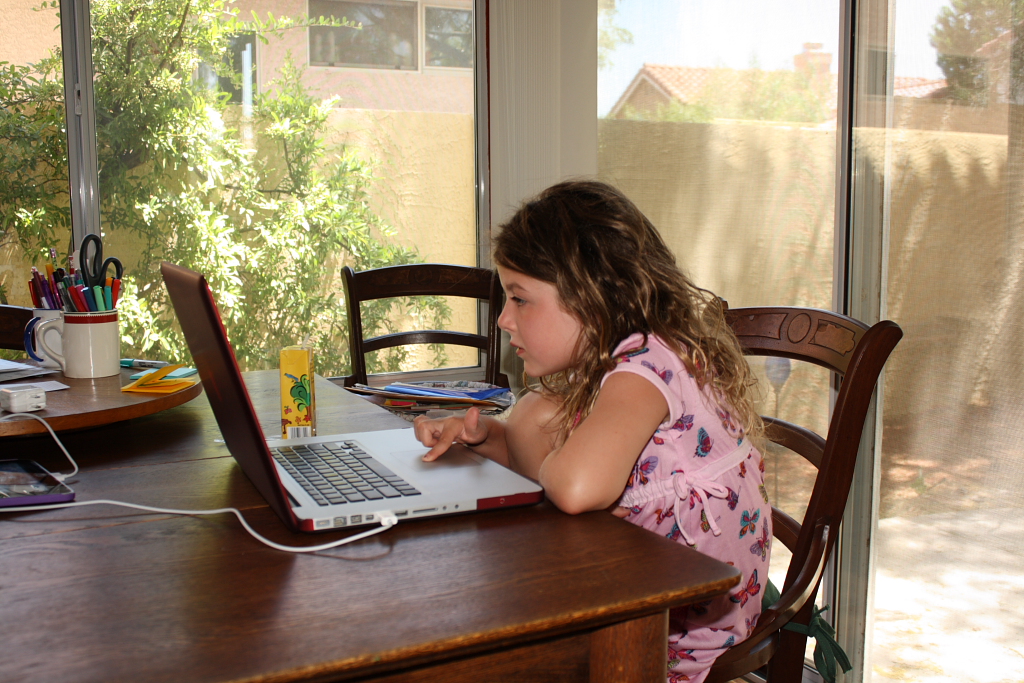 Saturday morning at the laptop Scene 1
Saturday morning at the laptop Scene 1Photographed by Marilyn McKinney
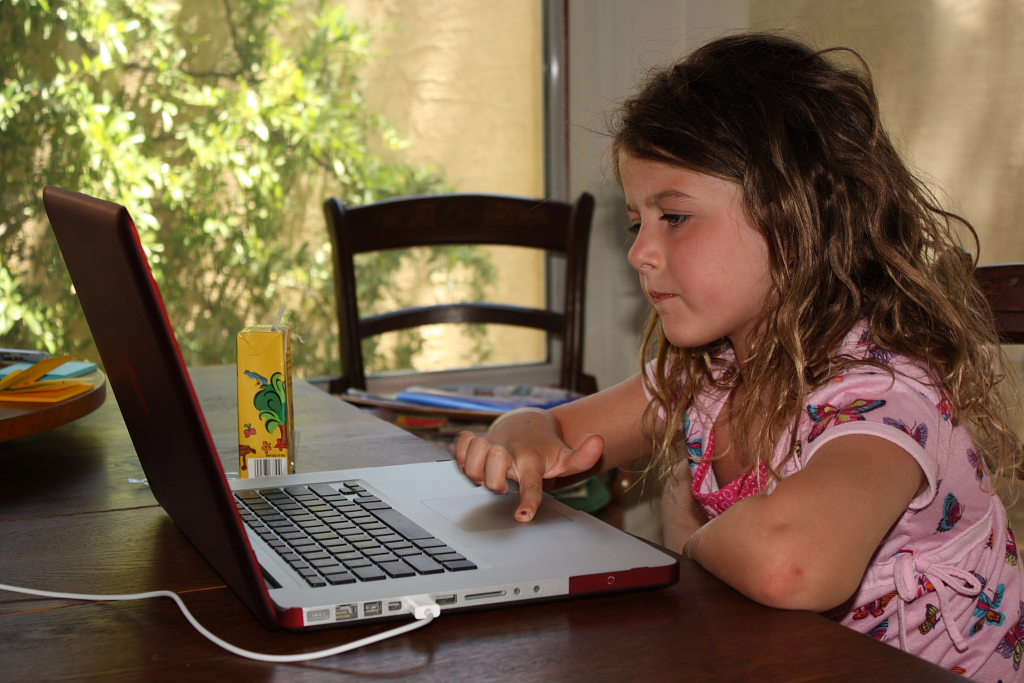
Saturday morning at the laptop Scene 2
Photographed by Marilyn McKinney
 Saturday morning at the laptop Scene 3
Saturday morning at the laptop Scene 3Photographed by Marilyn McKinney
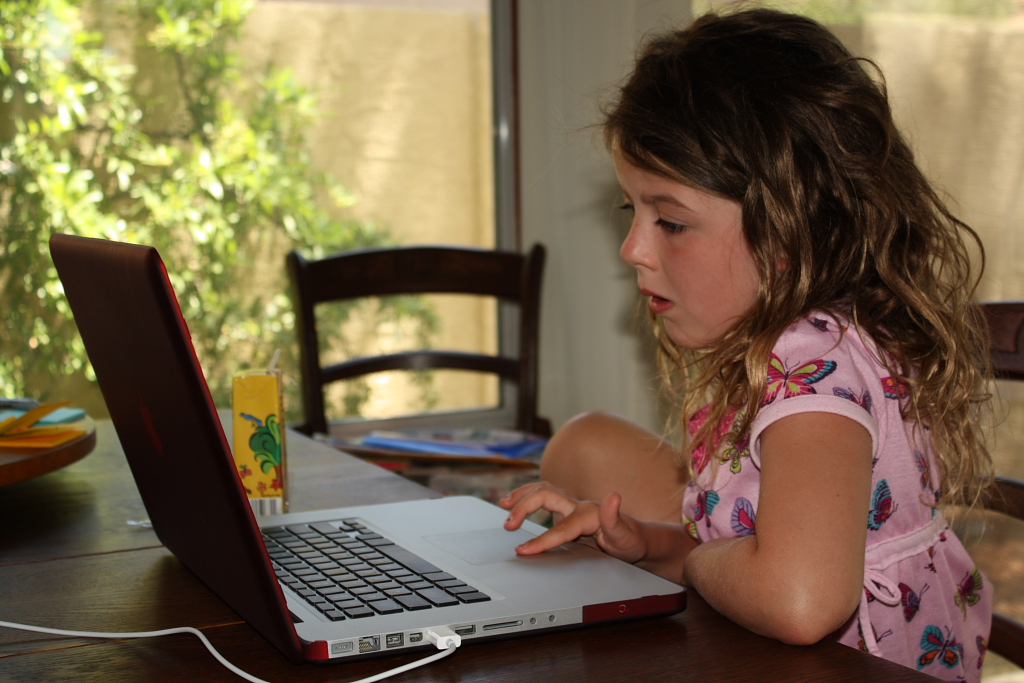 Saturday morning at the laptop Scene 4
Saturday morning at the laptop Scene 4Photographed by Marilyn McKinney
Thank you again to everyone that participated in this assignment. Hopefully this helped reinforce the concept that "working the scene," striving to improve your compositions until you are happy that you have successfully conveyed your vision, is all part of the creative process of photography.
Keith